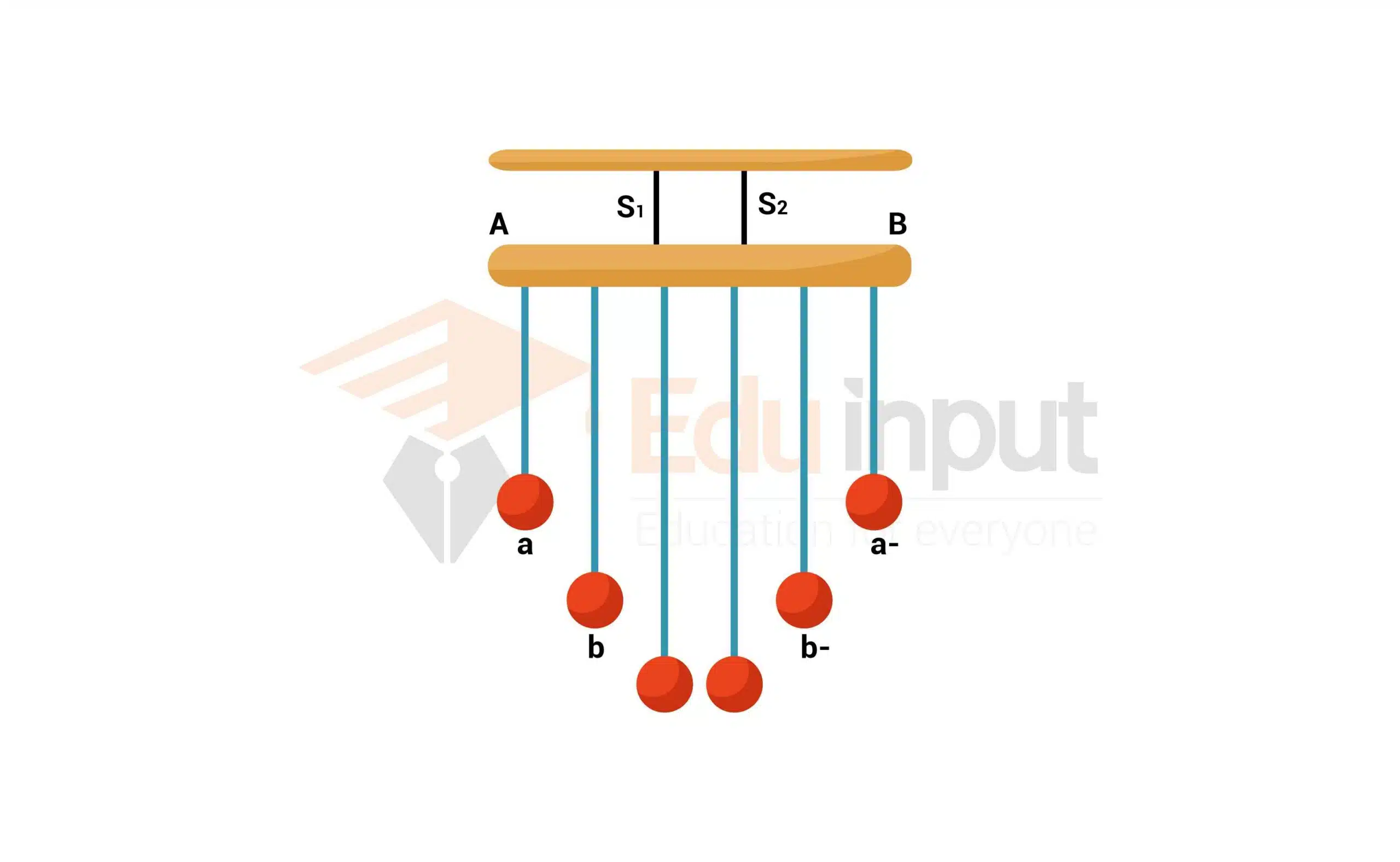Frequency-Definition, Unit, And Angular Frequency
The frequency is the measure of the number of cycles that take place per unit of time. For example, the frequency of a siren is how many times per second it sounds.
What Is The Frequency In Physics?
The frequency is a function of the speed and the period. The speed of an object is the distance it travels in one second, and the period is how long it takes to complete a cycle. The period of the siren is the time it takes for one full cycle of sound to be made. The term Frequency is defined as the number of cycles or vibrations per unit of time for phenomena such as waves or simple motion.
F=1/t
The symbols most often used for frequency are f and the Greek letters nu (ν) and the period display style T is the time taken to complete one cycle. The hertz is the SI-derived unit of frequencies and was named after a German physicist in the 1930’s. The previous name, “cycles per second”, was officially replaced by the new name, “Conference générale des Poids et measures”, in 1960. The traditional unit of measure used with rotating mechanical devices is revolutions per minute, abbreviated r/min or rpm.
Alternating current (ac) frequency is the number of cycles per second in an ac sine wave. Frequency is the rate at which current changes direction per second. It is measured in hertz (Hz), an international unit of measure where 1 hertz is equal to 1 cycle per second.
Unit of frequency
Frequency is measured in cycles per second (Hz) or hertz (Hz). 1 Hz is equal to one cycle per second.
What is Angular Frequency?
The rate of change of the phase of a wave is referred to as the rate of change of the wave per unit of time. The representation is made by. The Angular Frequency formula and SI unit are given.
ω = 2πf
Angular frequency is measured in cycles per second.
How do measure the frequency?
A digital multimeter that includes a Frequency Counter Mode can measure the Frequency of ac signals. household electrical power is based on a single Auto-range, which selects the frequency range if the measured voltage is outside the measurement range. Power grids can vary by country. The grid in the US is based on a very stable 60-hertz signal.
If the power is measured at a wall outlet in a US home, the waves will be between 170 and 120 volts. 60 cycles per second is what the rate of oscillation will be. It is named after a German physicist who broadcast and received radio waves. A clock and radio waves travel at the same speed.







Leave a Reply